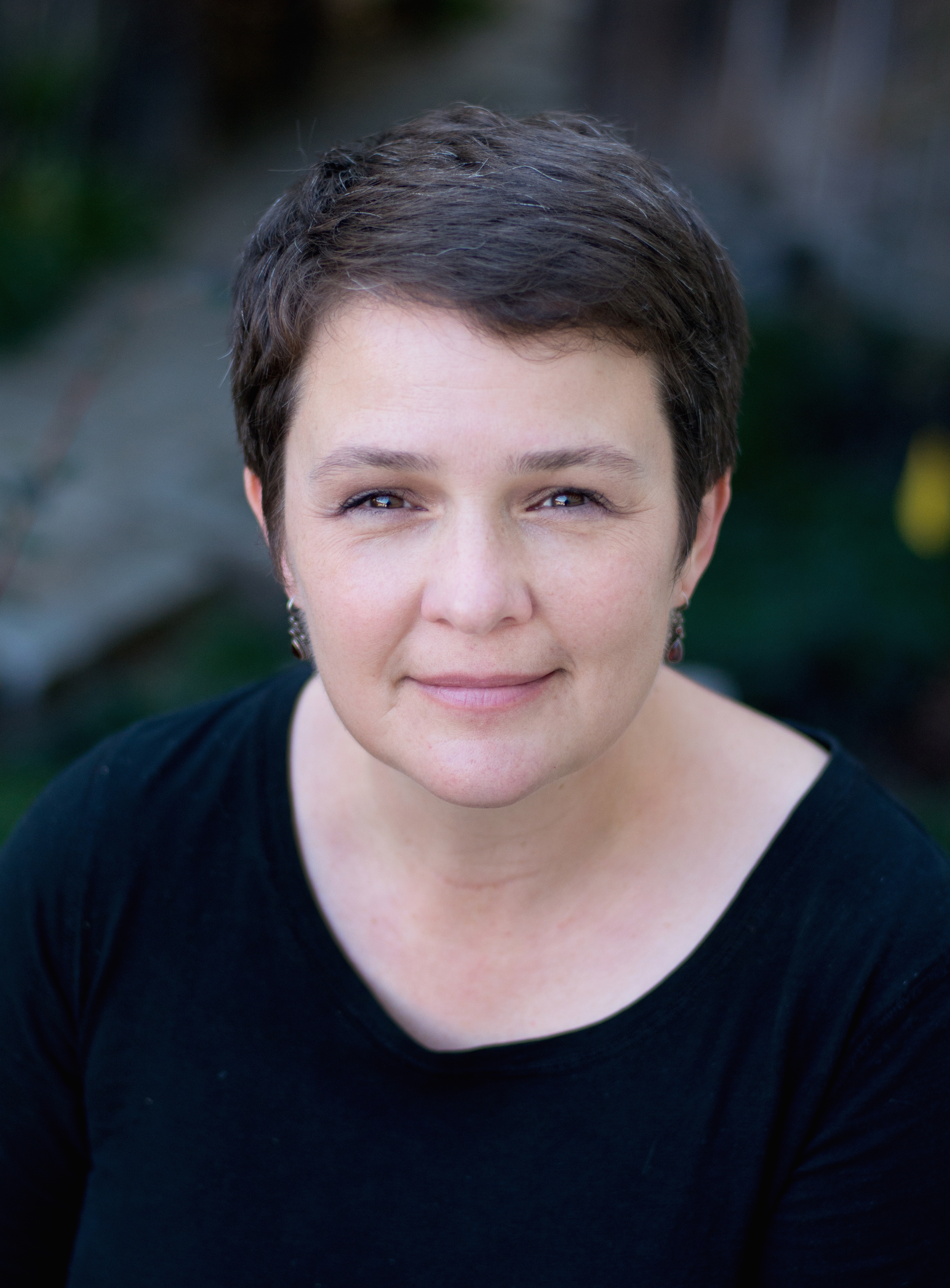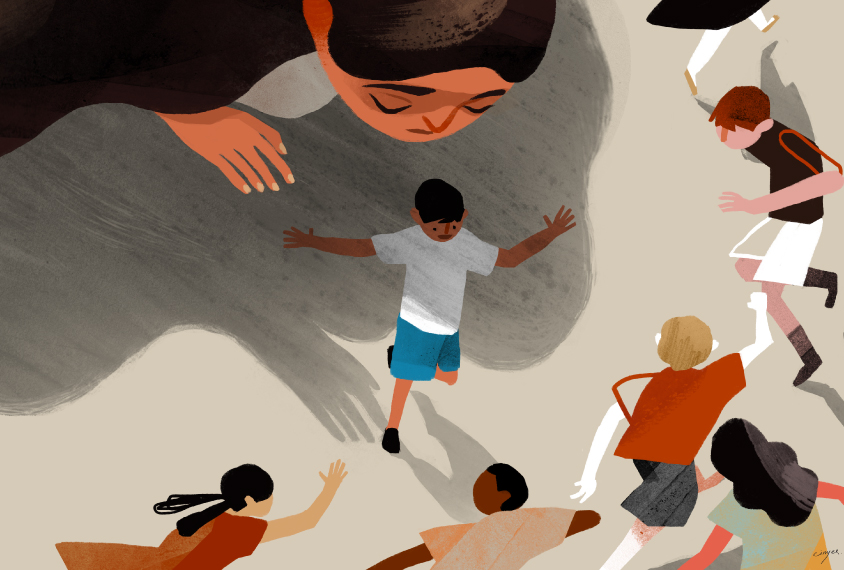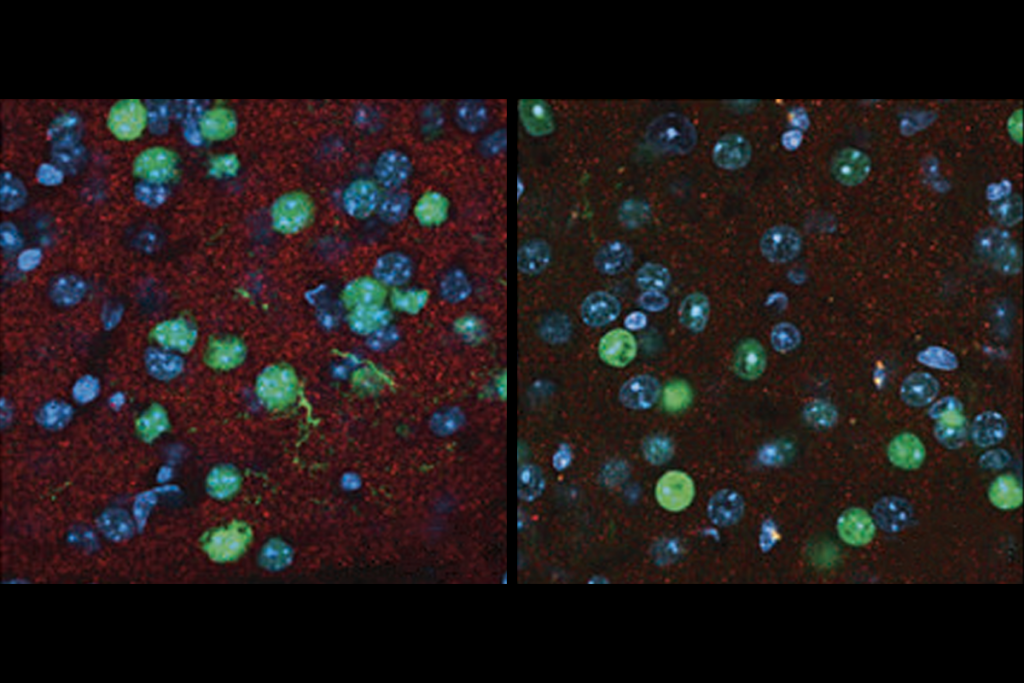Emily writes frequently about autism and related issues, and her work has appeared in print or online at Discover, New York Times, Slate, Washington Post, San Francisco Chronicle, and others. Emily has a B.A. in English with minors in German and History and a Ph.D. in biological sciences, both from The University of Texas at Austin. She also completed postdoctoral work at the University of California, San Francisco and has taught graduate and undergraduate biology for many years.

Emily Willingham
Science writer
Spectrum
From this contributor
The legacy of Steve Silberman and his book, ‘NeuroTribes’
The writer’s empathic storytelling changed how society—and researchers—view autistic people.

The legacy of Steve Silberman and his book, ‘NeuroTribes’
Spotted around the web: Week of 29 October 2018
Here is a roundup of news and research for the week of 29 October.
Spotted around the web: Week of 29 October 2018
Book Review: A mother finds reward in risk
In “The Boy Who Loved Too Much,” a woman tries to cocoon her son, who has Williams syndrome, from life’s insults but later realizes her protective instincts carry dangers of their own.

Book Review: A mother finds reward in risk
Spotted around the web: Week of 22 October 2018
Here is a roundup of news and research for the week of 22 October.
Spotted around the web: Week of 22 October 2018
Spotted around the web: Week of 15 October 2018
Here is a roundup of news and research for the week of 15 October.
Spotted around the web: Week of 15 October 2018
Explore more from The Transmitter
SHANK3 deficiency and behavior in mice; and more
Here is a roundup of autism-related news and research spotted around the web for the week of 24 November.

SHANK3 deficiency and behavior in mice; and more
Here is a roundup of autism-related news and research spotted around the web for the week of 24 November.
Remembering Mark Hallett, leader in transcranial magnetic stimulation
The long-time NINDS researcher, best known for studying movement disorders, has died at age 82.

Remembering Mark Hallett, leader in transcranial magnetic stimulation
The long-time NINDS researcher, best known for studying movement disorders, has died at age 82.
Autism scientists push back on CDC’s inaccurate vaccine claims
The CDC website now falsely suggests that autism-vaccine research is still an open question, prompting distrust among researchers—some of whom anticipate “more unreliable statements coming from the junta that took over” the agency.

Autism scientists push back on CDC’s inaccurate vaccine claims
The CDC website now falsely suggests that autism-vaccine research is still an open question, prompting distrust among researchers—some of whom anticipate “more unreliable statements coming from the junta that took over” the agency.